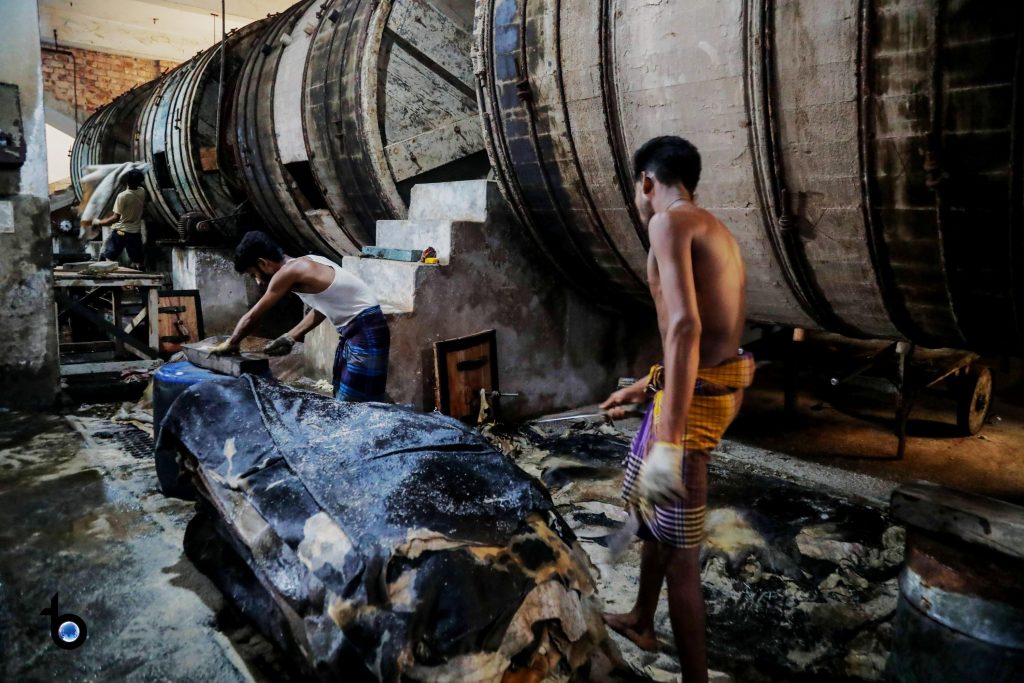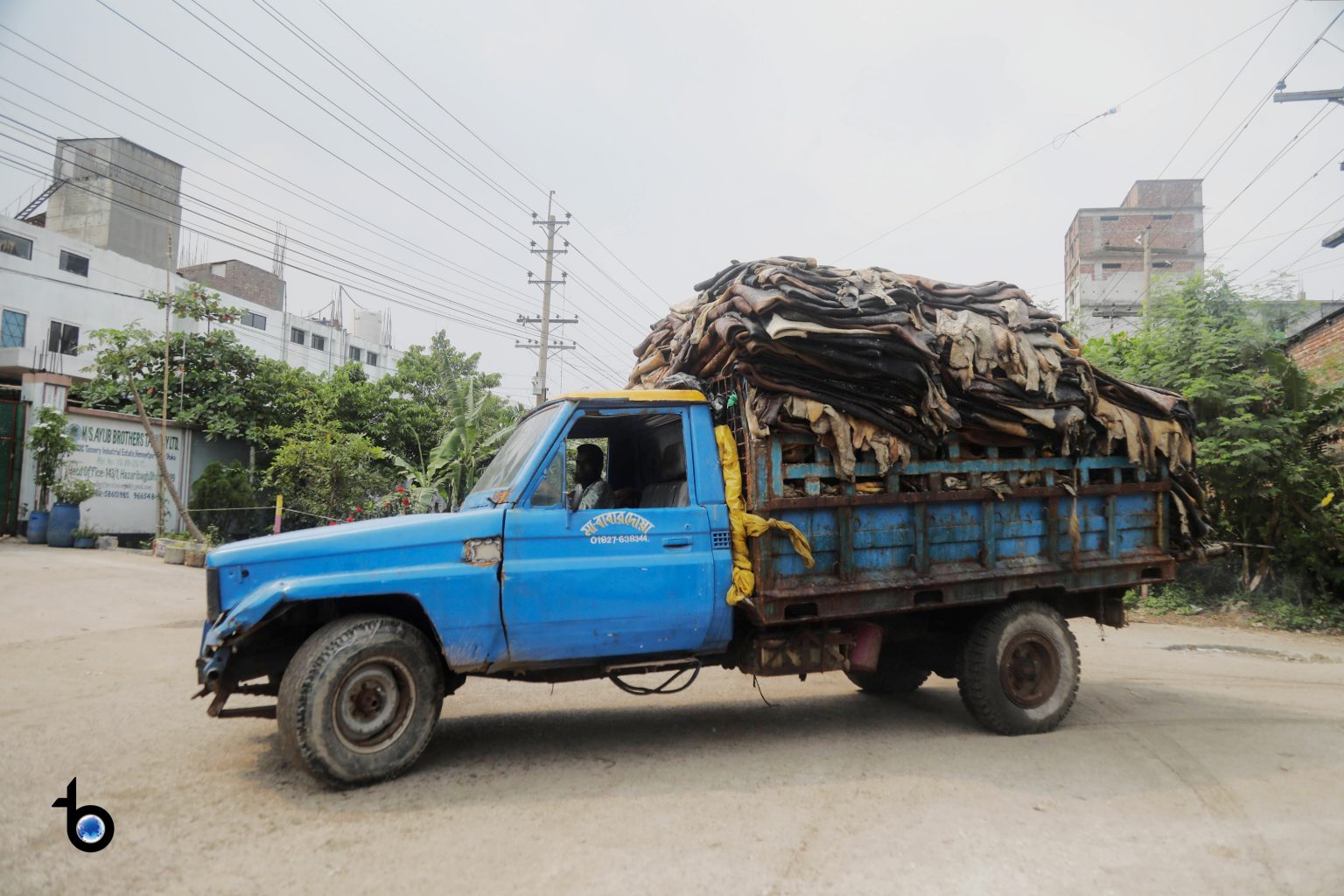Tanners in Bangladesh are anticipating the collection of around 80 lakh pieces of rawhide from sacrificial animals this Eid-ul-Adha, marking a decline from over 90 lakh pieces collected during the same festival last year.
The drop is primarily attributed to inflationary pressures, which have compelled people to reduce spending on sacrificial animals, Md Mizanur Rahman, general secretary of the Bangladesh Tanners Association (BTA), told TIMES of Bangladesh.
Despite the overall decline, slaughtering of cows and buffaloes may have slightly increased to around 50 lakh this year, as more people opted for shared purchases of cattle. However, the number of goats sacrificed is believed to have fallen significantly.
The BTA is prepared to procure approximately 50 lakh cowhides in a slated form, along with a quantity of buffalo hides and a few from camels. Unfortunately, skin diseases have affected a significant number of cowhides this year, resulting in a lower market value.
Conversely, a reduced number of goat sacrifices, coupled with increased awareness about proper handling and preservation, has led to less damage and better quality in goat hides, the tanners’ representative observed.
As of 10 June, approximately 4.05 lakh salted cowhides had already reached the Savar Chamra Shilpa Nagari, alongside nearly 50,000 goat hides.
Tanners are currently procuring rawhide at government-fixed prices—Tk60–65 per square foot of salted hide within Dhaka and Tk55–60 outside the capital. Regional wholesale traders are actively collecting salted hides across the country, which are expected to begin arriving in Dhaka later this week.
Rawhide prices, which had hit rock-bottom in recent years, have increased by 50–100% this year. This rise follows the government’s decision to allow exports of wet blue leather—the second stage of leather processing—for the first time since 1990.
Wet blue leather, made from salted rawhide, can be stored for up to a year but requires further processing to become finished leather.

However, local tanners are concerned about a potential scarcity of wet blue leather in the domestic market if exporters secure significantly higher prices abroad.
According to the BTA, its 125-member tanneries have collectively invested around Tk10,000 crore in facilities aimed at achieving 100% local value addition.
Additionally, more than 150 leather-processing factories are operating in the country. Mizanur Rahman noted that if the focus were solely on wet blue export, only one-fifth of the current investment would be necessary.
Currently, only 30–35 tanneries, including four certified by the Leather Working Group (LWG), are financially stable. The rest continue to struggle, with the BTA attributing this to a deficient ecosystem, particularly the lack of environmental certifications.
“We are hoping there will be no significant increase in wet blue prices in the international markets. It is imperative that we make full use of our installed capacity,” said Rahman.
He also noted that current export prices for wet blue leather are not significantly higher than those in the domestic market.
The leather and leather goods sector are the second-largest export earner for Bangladesh, bringing in over $1.2 billion in foreign currency annually. The government has set an ambitious target to increase this figure to $5 billion by 2030.
Tanners argue that Bangladeshi leather remains undervalued in global markets largely due to the non-functional central effluent treatment plant (CETP) at Savar Chamra Shilpa Nagari.
International buyers prioritising sustainability are reluctant to source raw materials from environmentally non-compliant facilities. Industry stakeholders urge the government to urgently address the CETP issue to restore confidence and competitiveness in the global market.


